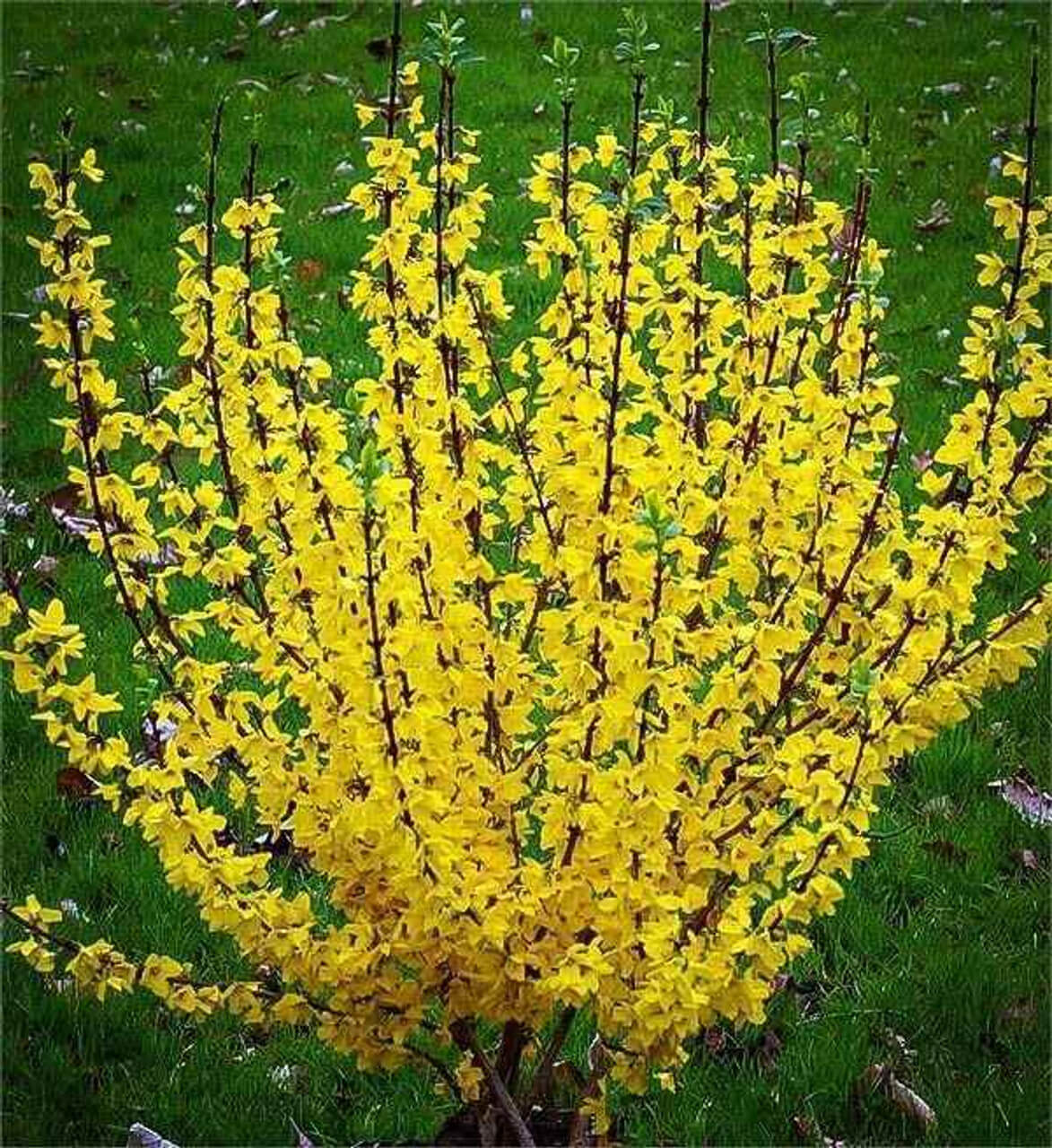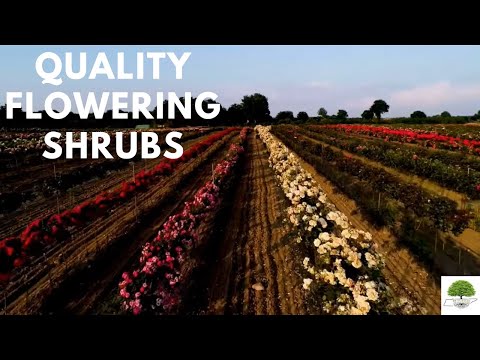Forsythia Plants For Sale
Forsythia is a fast-growing, deciduous shrub that is easy to grow. While this plant is not native to North America, it is widely naturalized in parts of the USA.
Flowering begins in early spring before the leaves begin to emerge. The flowers of this shrub are bright yellow, almost neon, and bloom in clusters of 2-6 flowers. They emerge directly along the length of the old-growth stems. Due to its early flowering, it is known as the harbinger of spring, as it is one of the only plants bringing color to the winter landscape.
Plant Details - Forsythia Plants
Family: Oleaceae
Hardiness Zones: 5–8
Light Requirement: Full Sun to Partial Shade
Water Needs: Moderate
Height: 6 - 10 ft
Spread: 6 - 10 ft
Growth Rate: Fast
Bloom Time: Early spring
Flower Color: Bright yellow
Wildlife Value: Limited nectar/pollen for early-season pollinators
The Forsythia has an impressive stature, reaching 10 ft in height and up to 12 ft wide. The stems of this shrub grow emphatically, extending proudly from the center of the plant while gently arching out and away from the center, giving a fountain-like appearance.
Once leaves emerge, the bush becomes vibrant green, bursting with lanceolate, finely toothed leaves. In the autumn, these leaves will die off green or with a slight hue of burgundy. This shrub can be planted alone as a focal point, as part of a mixed shrub hedge, or in mass.
Landscape Uses and Maintenance - Forsythia Plants
Full sun to partial shade is the optimal light for this shrub; however, full sun will promote the best flowering. It is a resilient and forgiving shrub, tolerating various soil conditions, salinity, and drought. However, this shrub prefers loose, well-drained soils.
Forsythia Plant is virtually pest and disease-free. However, it can sometimes be susceptible to aphids and spider mites. This shrub can develop into a messy mass without regular pruning. Best practice is to prune directly after flowering. You can also perform a harsh cut back every 3-4 years by hacking the plant to near ground level.
Noteworthy Characteristics
Plant this showy shrub in front of your kitchen window or along your drive. Its lustrous, yellow blooms in late winter will remind you that spring is on its way. Shop for Forsythia shrubs online at TN Nursery. For 68 years, we have served the landscaping industry and homeowners with specimen plants.
Exposure
Forsythia blossoms in full sun to part shade. It needs 6 hours of bright sun daily for optimal blooming. It will grow well in part shade but may have fewer blooms and a less vibrant color.
Height at Maturity
Under 10 Feet
Usage
Flowering
Shipped As
Bare-root
Ships
UPS
Planting Zones
4-9




